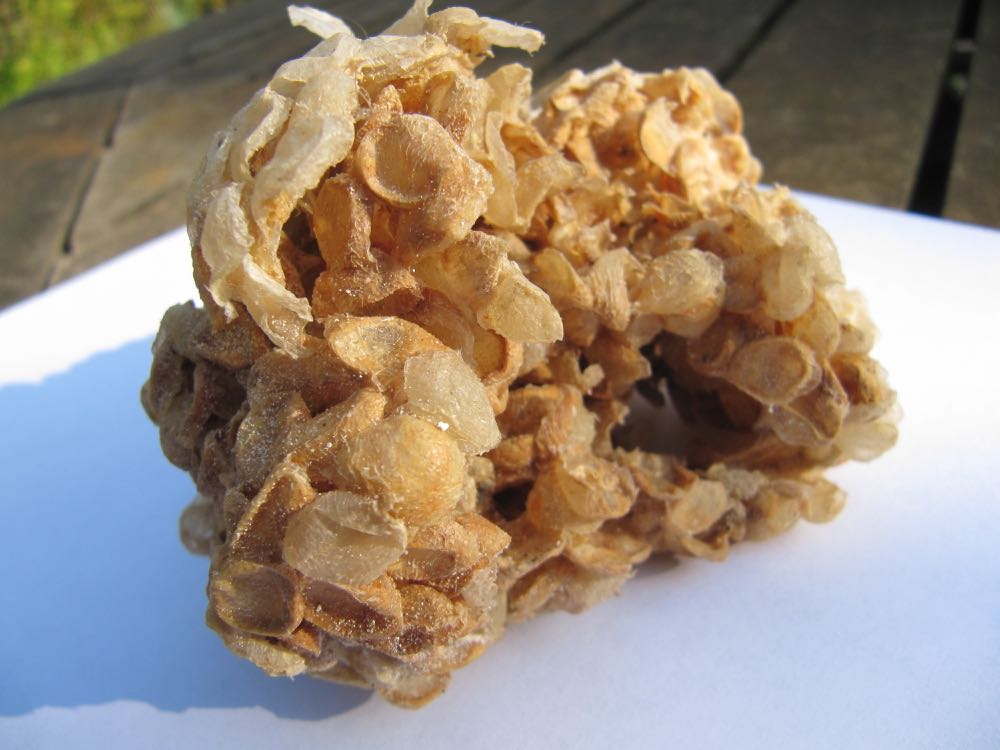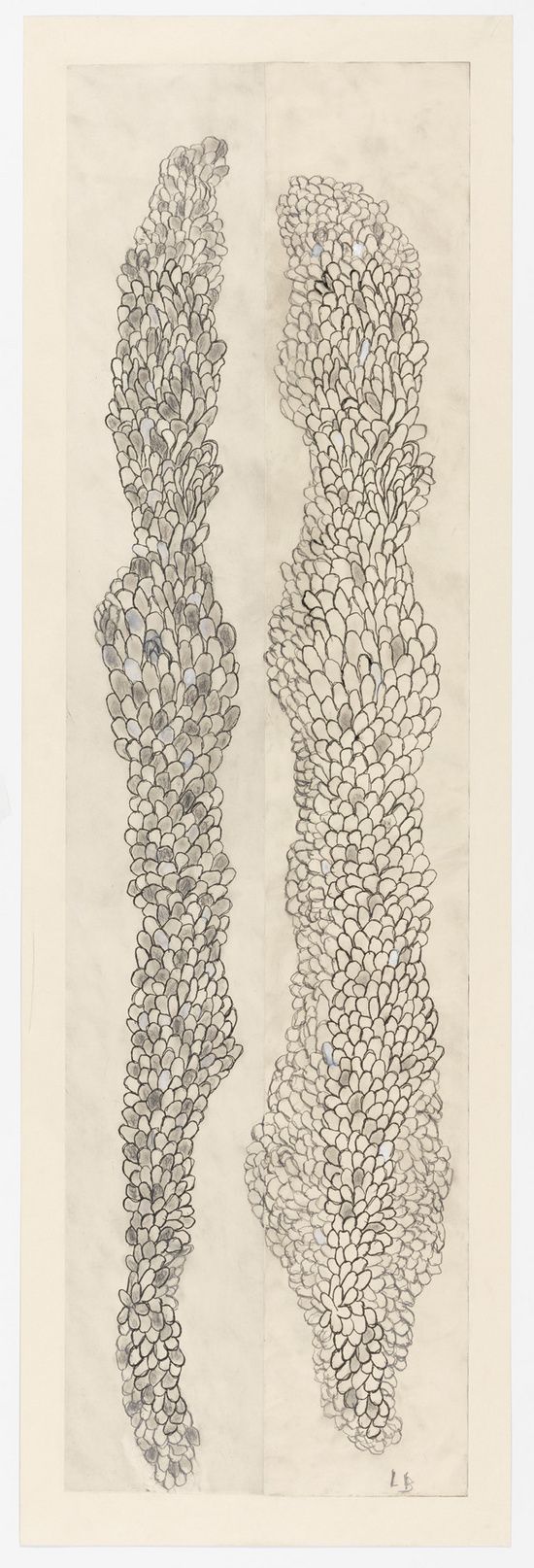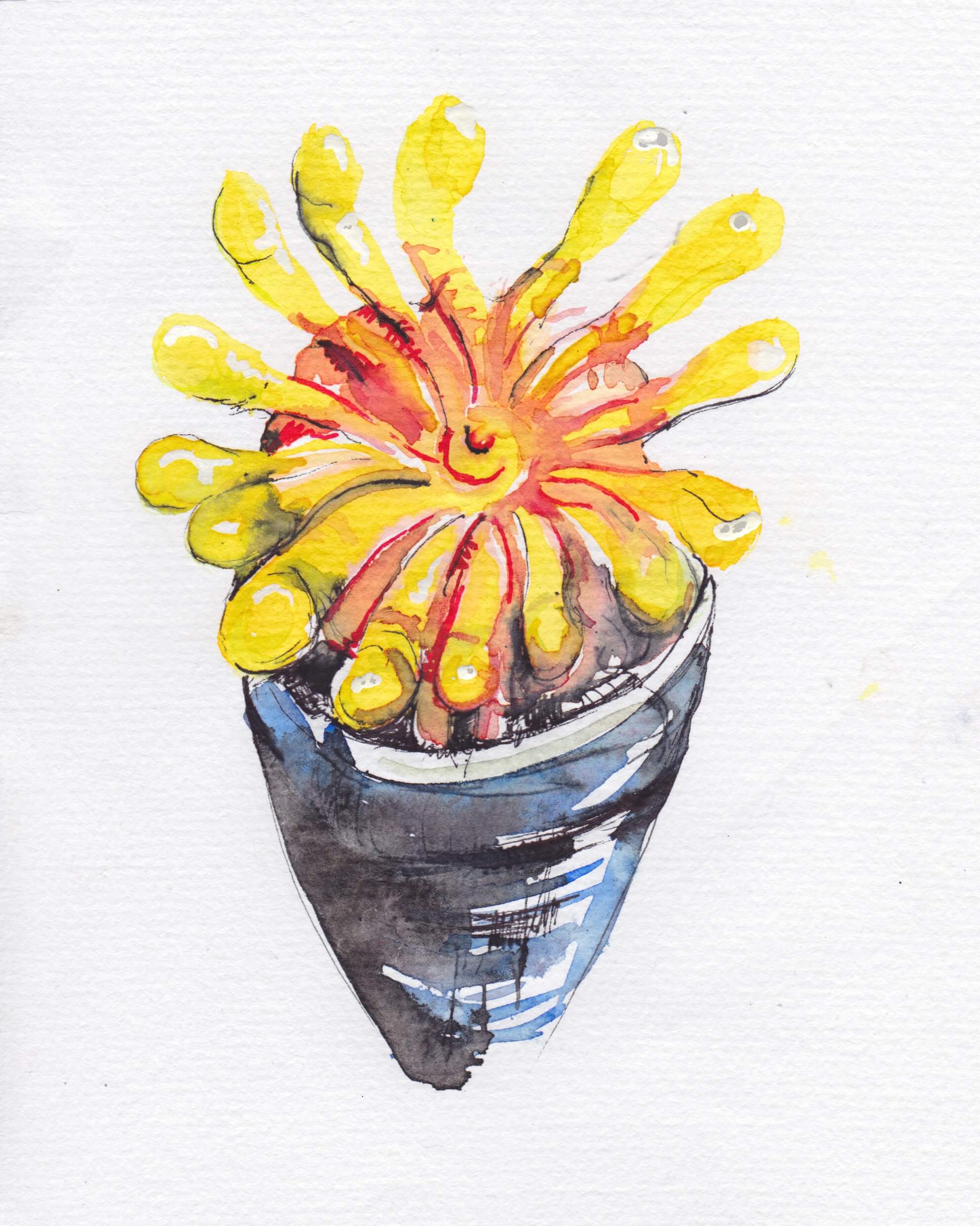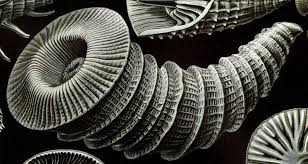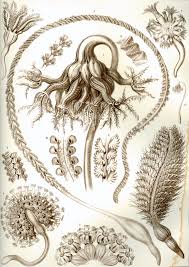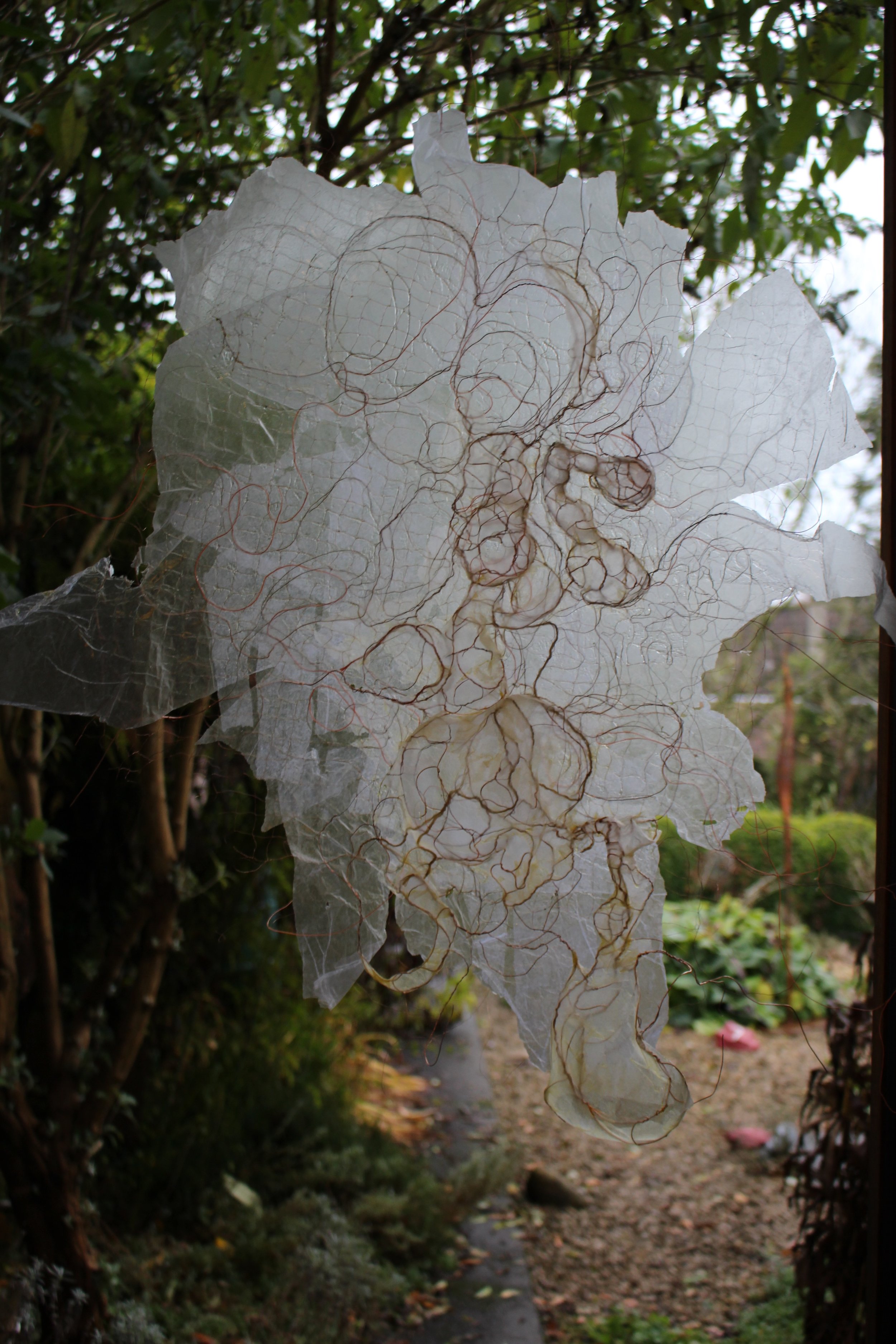
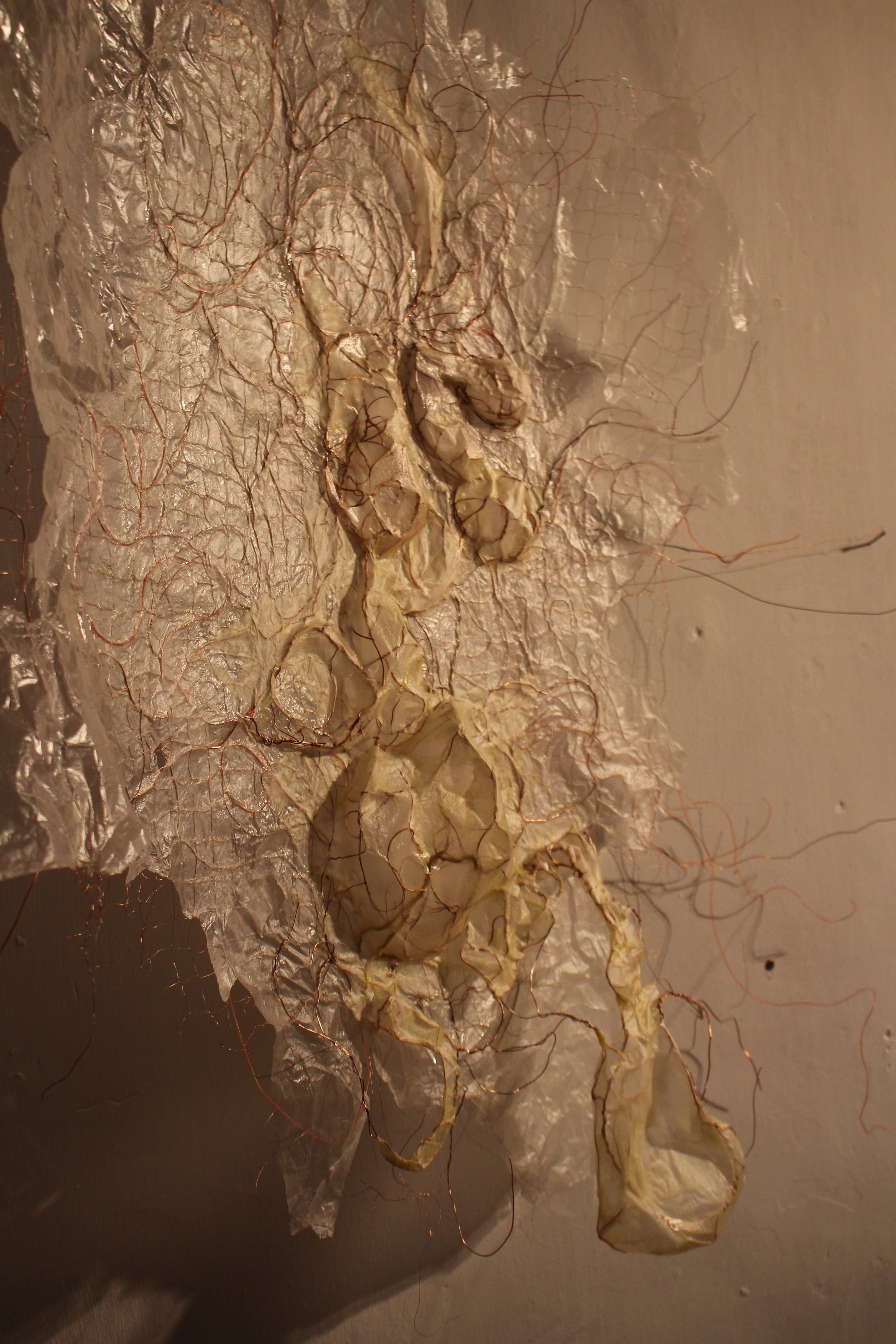 Since finishing my egg sac drawing/sculpture (above), worms have been a recent preoccupation. Last week I went on a worm hunt (in a harmless way) to photograph and draw them for my research. There’s a special technique for this: by vibrating the earth, they rise to the surface (apparently to seek mates in the rain – more important than the fear of being pecked by birds or moles).
Since finishing my egg sac drawing/sculpture (above), worms have been a recent preoccupation. Last week I went on a worm hunt (in a harmless way) to photograph and draw them for my research. There’s a special technique for this: by vibrating the earth, they rise to the surface (apparently to seek mates in the rain – more important than the fear of being pecked by birds or moles).
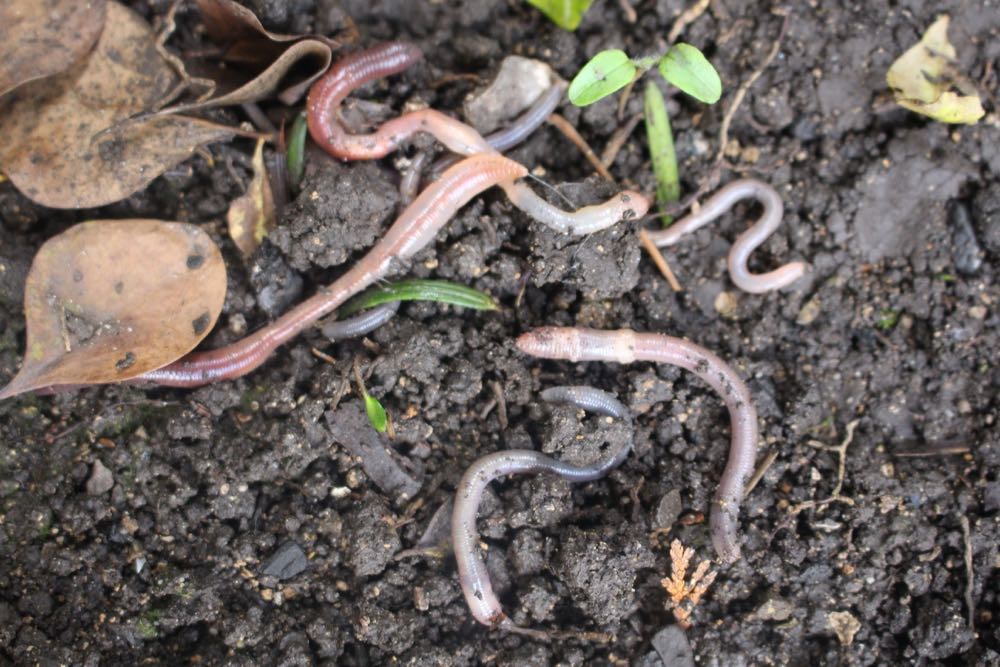
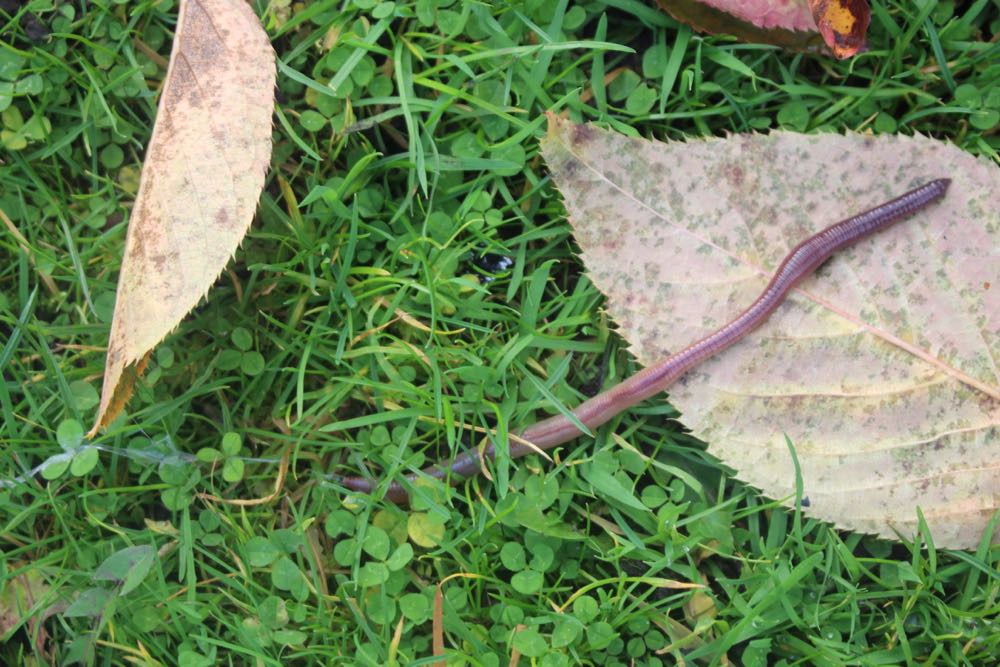
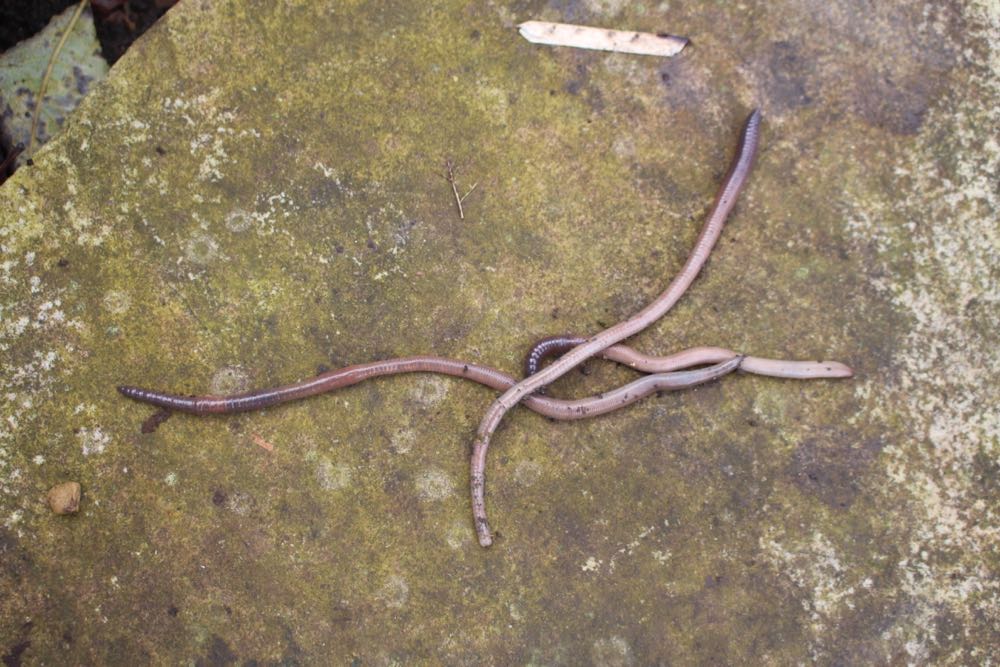
This is a layer of research over my investigation into possible uses of graphite (and linseed oil) as a medium. Graphite, interestingly, is a form of carbon, which, I’ve recently learnt, is a primary element (4th most abundant in the universe) that comes from the beginnings of life – brought from the stars via buckyballs. All living things contain carbon in some form. Julio Gonzalez, when he first coined the expression ‘to draw in space’ was initially inspired by constellations and the points between them as a metaphor for drawing in space. Graphite, due to its carbon property, is the thinnest medium and can stretch to only 1 atom thick, whilst retaining great strength.
Earth worms have been of interest to me for several years.
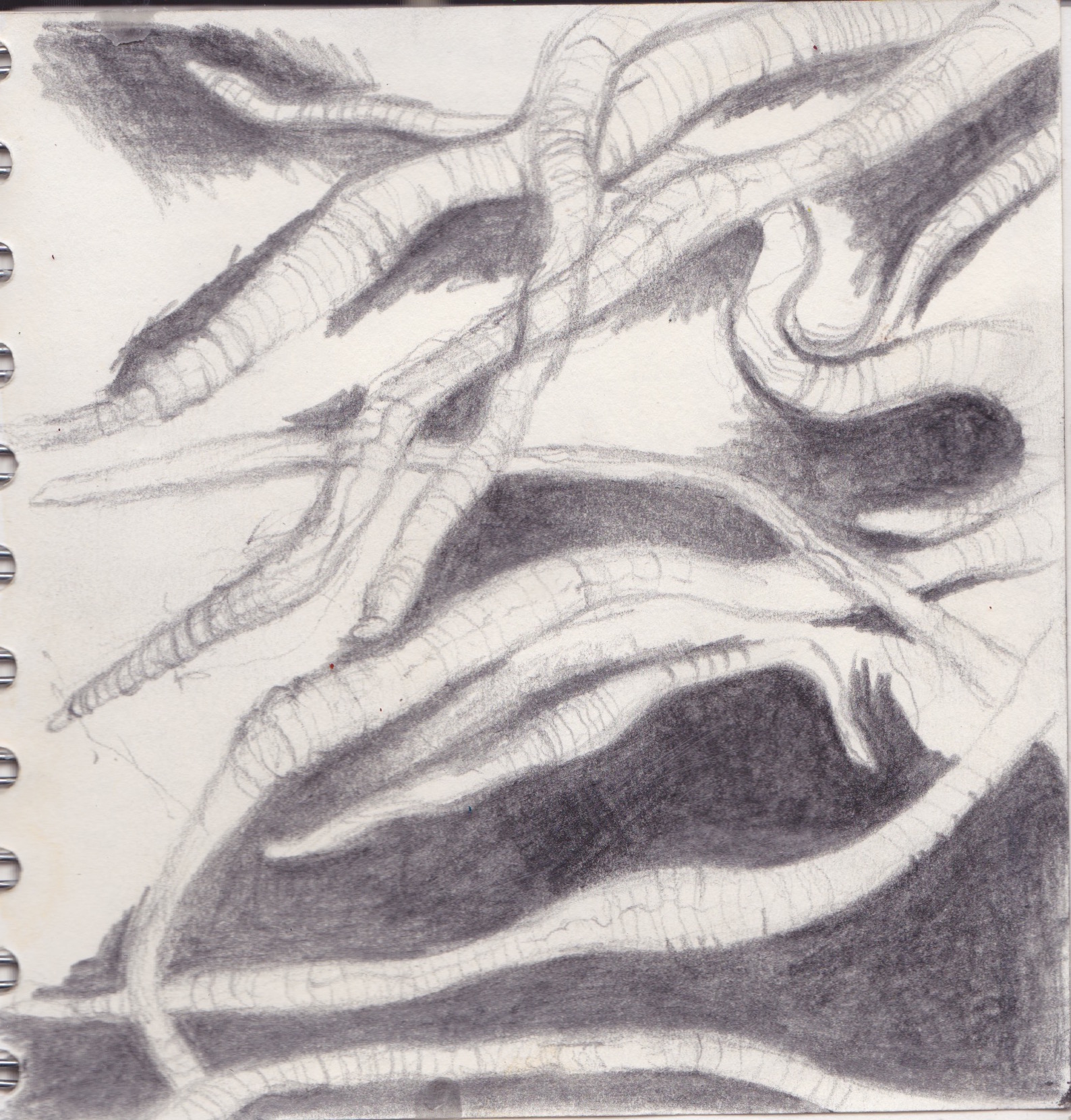
I respect their status as recyclers and importance within the cycle of life. I like their grey to maroon transparent skin tones (some with clearly visible red veins delineating their contours as they move) and their form that resembles many others – limbs, tree roots/branches, neurons, filaments...
I hope to create a series of works in 2-d and 3-d – drawings/sculptures/installations that could be immersive, possibly worm-like! The drawings might start flat on oiled paper with graphite, leading to graphite as 3-d. I need to explore other possibilities - perhaps using perpex to back the paper so it can arc into space. It's early days, and seems a little slow to get going, but I'm enjoying the process of investigation.
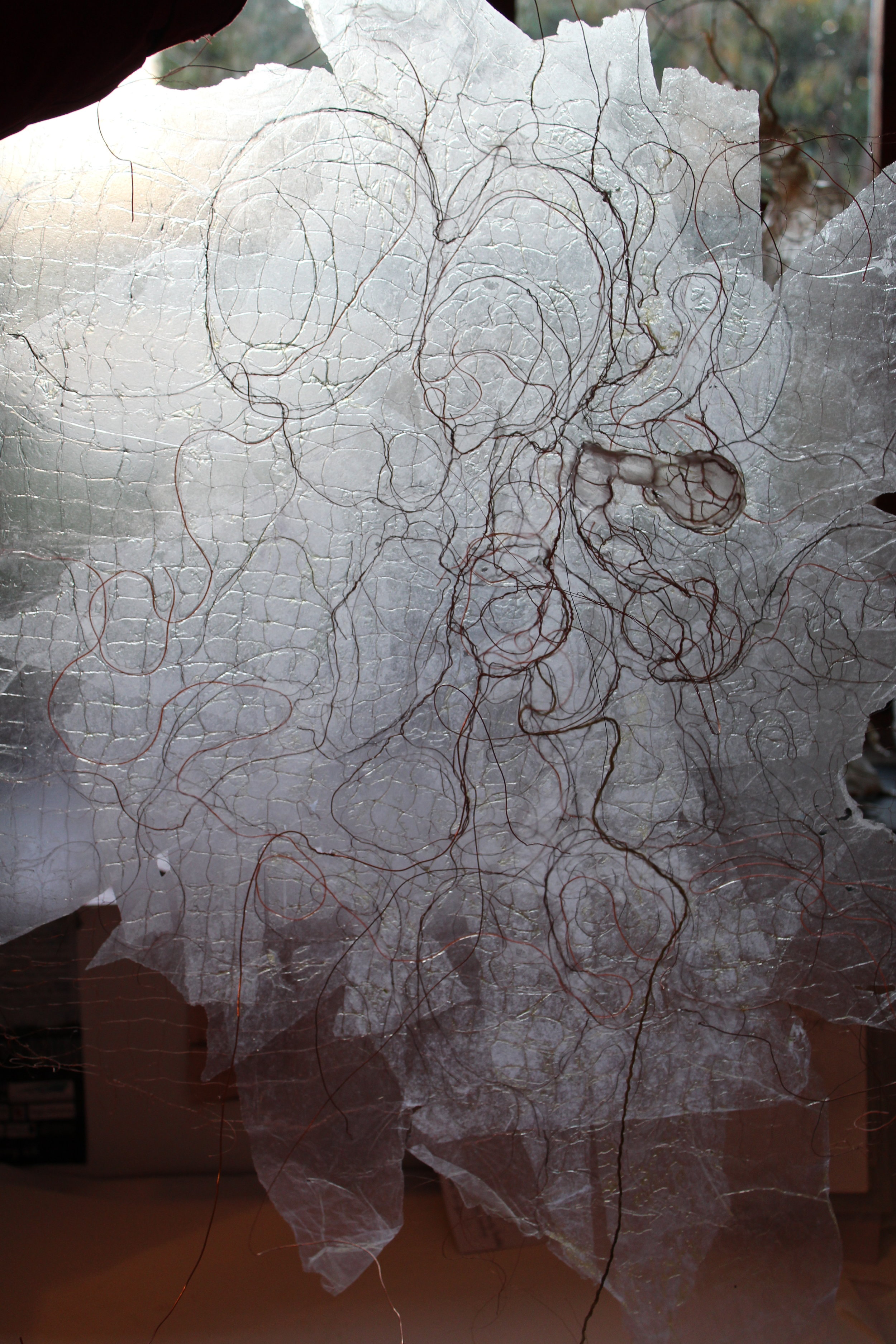
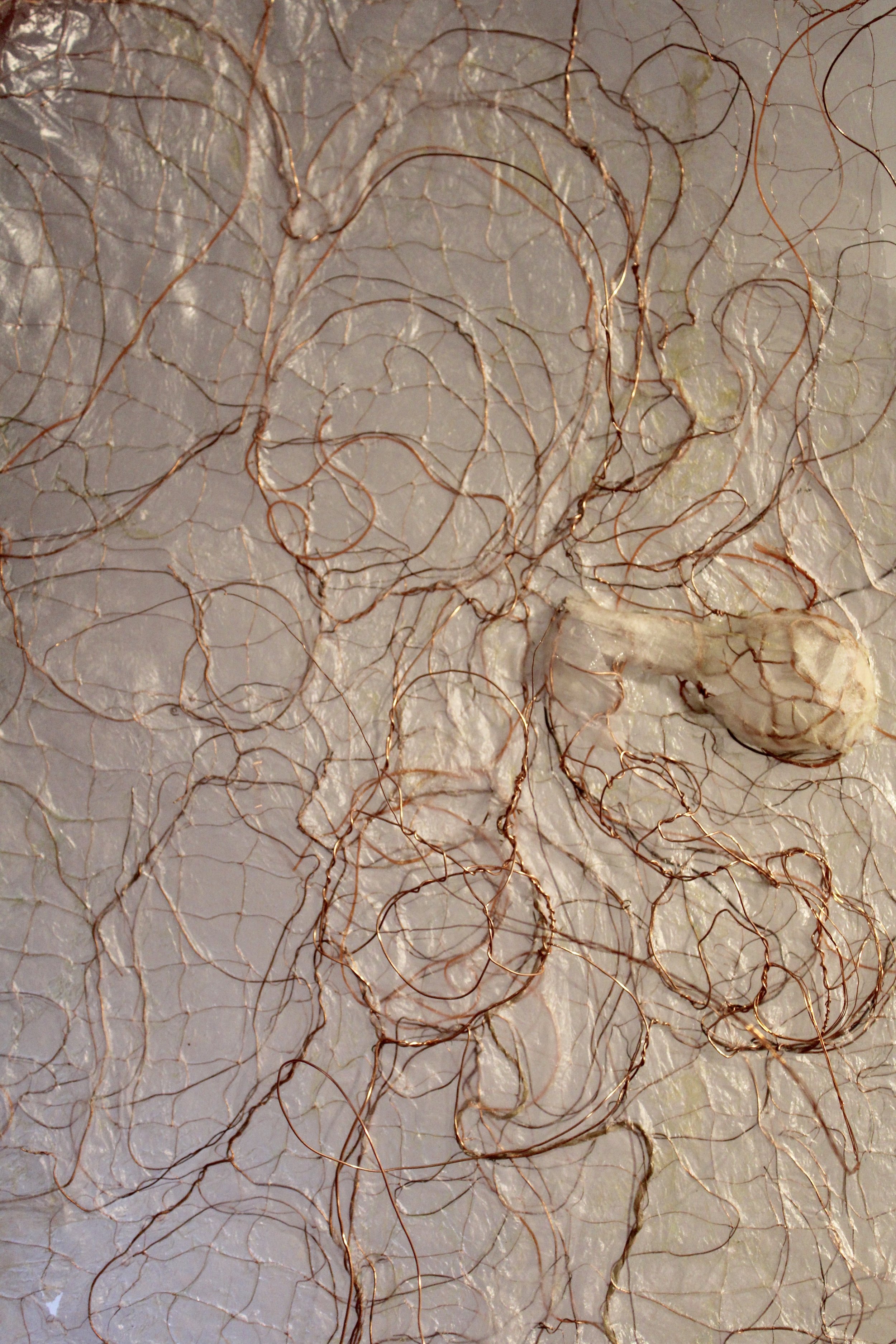
 The arrival of Louise Bourgeois’ exhibition at Hauser & Wirth, Somerset, coincided with the first weeks on my MA course. I had been looking forward to visiting her show, being a huge fan. A few days before, I had been looking at my collection of ‘finds’ (all sorts of natural phenomena) for inspiration. A dried up fish swim bladder and a sponge-like form found on the beach grabbed me as starting points. I want to investigate similar forms in nature, sometimes micro in scale – their form and function. I’m also interested in drawing more – whatever shape that takes – 3-d and 2-d.
The arrival of Louise Bourgeois’ exhibition at Hauser & Wirth, Somerset, coincided with the first weeks on my MA course. I had been looking forward to visiting her show, being a huge fan. A few days before, I had been looking at my collection of ‘finds’ (all sorts of natural phenomena) for inspiration. A dried up fish swim bladder and a sponge-like form found on the beach grabbed me as starting points. I want to investigate similar forms in nature, sometimes micro in scale – their form and function. I’m also interested in drawing more – whatever shape that takes – 3-d and 2-d.